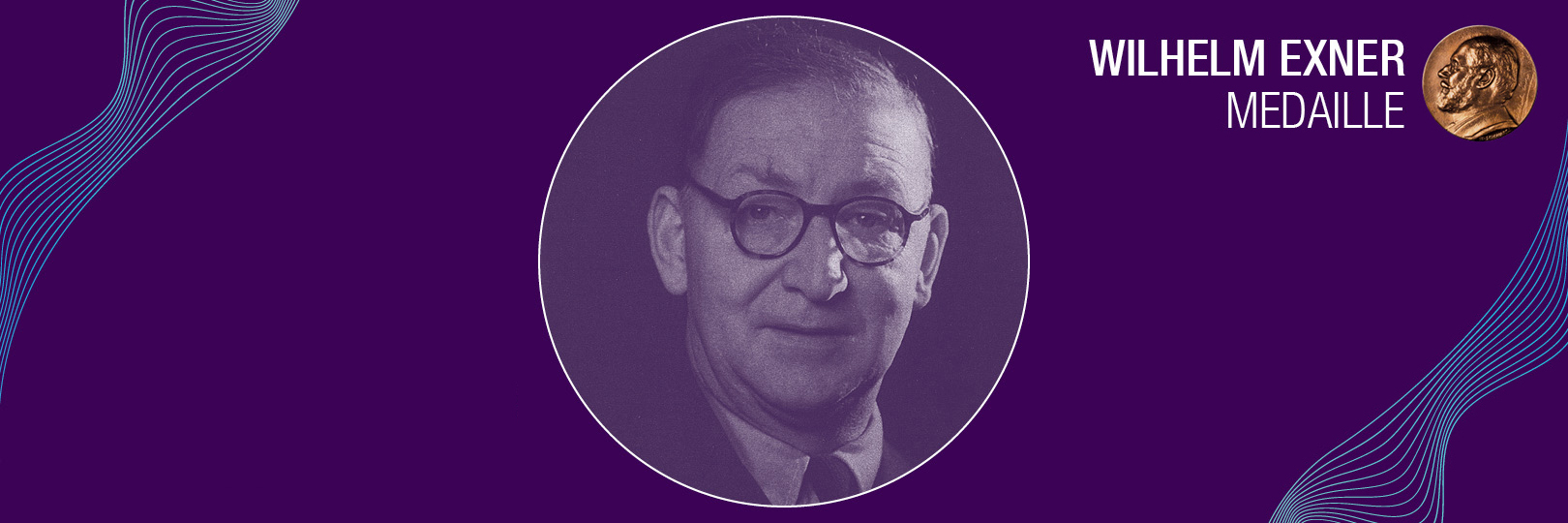
In 1951, John Cockcroft was awarded the Nobel Prize in Physics, jointly with Ernest Walton, for pioneering work in the field of nuclear transformation by artificially accelerated atomic particles. He began his education in 1914 by studying mathematics, which was interrupted by the First World War.
Cockcroft later worked at the Cavendish Laboratory, directed by Ernest Rutherford, initially with Pyotr Kapiza on the generation of strong magnetic fields and low temperatures. From 1928 on, he conducted research with Walton in the field of accelerating protons.
The two researchers developed a high-voltage cascade for this purpose, the Cockcroft-Walton generator, and by 1932 they were already able to smash lithium and boron. In 1934 he became director of the Royal Society Mond Laboratory in Cambridge, and in 1939 he was appointed professor of natural philosophy and deputy director for scientific research in the Ministry of Procurement. From this time he began successful research into radar.

